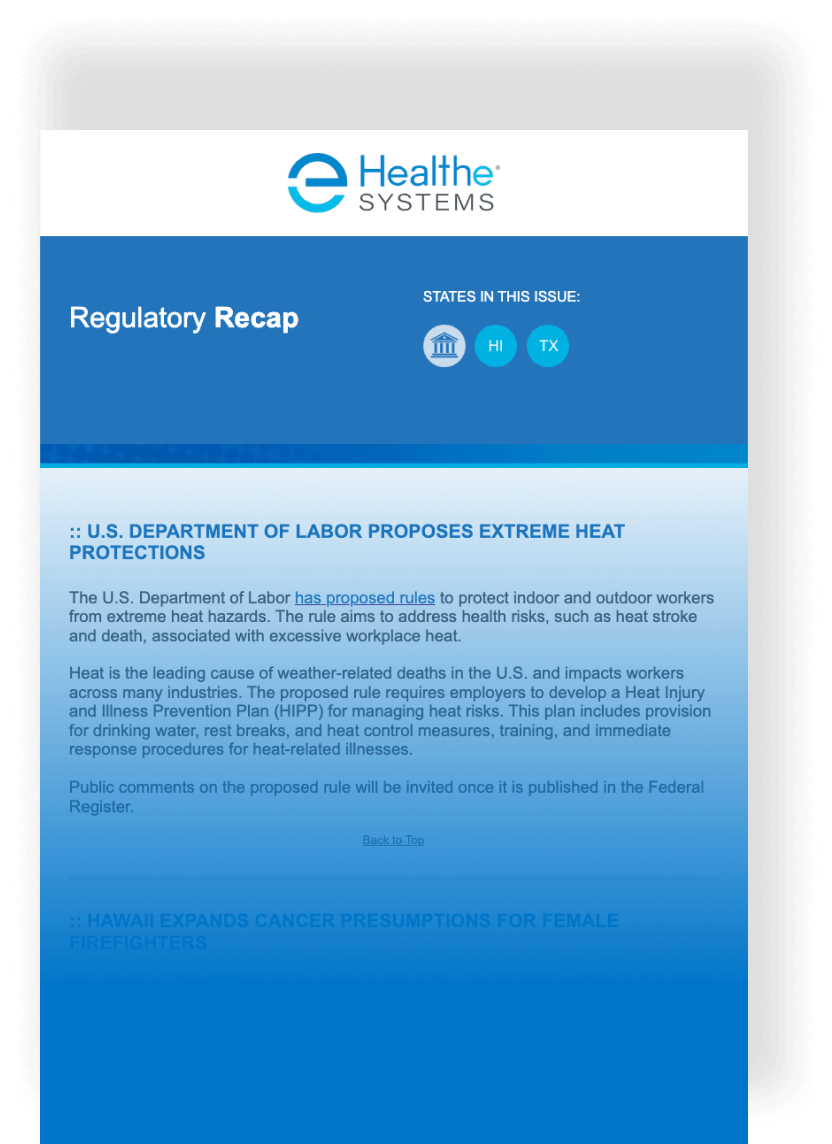On September 25, 2025, Healthesystems attended a Workers’ Compensation Research Institute (WCRI) webinar that highlighted trends in the Florida’s workers’ comp system. The session covered key findings from recent WCRI research, including prescription drug trends, fee schedule impacts, and heat-related injuries.
According to WCRI, drug payments per claim dropped from $102 (2015Q1) to $67 (2023Q1) overall. Dermatologicals and NSAIDs led payment shares, while payments for opioids declined. Across seven states (including Florida), dermatological payments increased 10% or more.
Claim costs rose in nearly all states from 2021–2023, increasing 5% in Florida, where indemnity growth was driven by a 7% wage increase. Notably, 2023 fee schedule changes stabilized medical costs. As of 2022, Florida had one of the lowest professional fee schedules. However, starting January 2025, physician reimbursement increased to 175% of Medicare, while surgical services to 210%, aligning Florida with other states.
The WCRI noted that heat-related injuries (HRIs) were more common in southern states, across outdoor jobs, and with younger/newly hired workers and men. Construction workers accounted for 1 in 5 HRIs, newly hired workers were at higher HRI risks than more tenured workers, and injury rates increased 3–4% on days over 90°F vs. 75–80°F.
As for treating providers, since 2013, fewer visits involve physicians and more involve nurse practitioners (NPs) and physician assistants (PAs). The share of E&M visits to NPs and PAs increased in Florida and most states, with bigger increases noted in rural areas. Provider vacancies had little effect on claim outcomes.
In Florida (from October 2015-March 31, 2019, observed to March 2022), 39% of claims had at least one comorbidity, while 17% had multiple comorbidities. These claims are associated with higher costs and longer durations of temporary disability.







